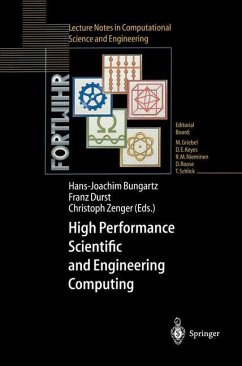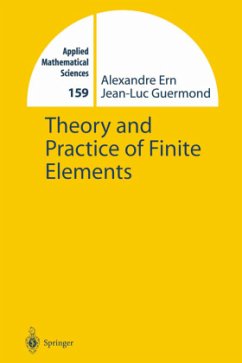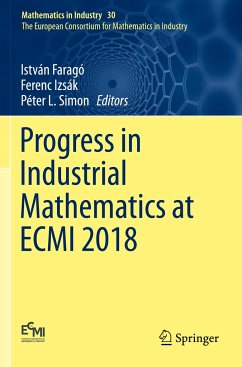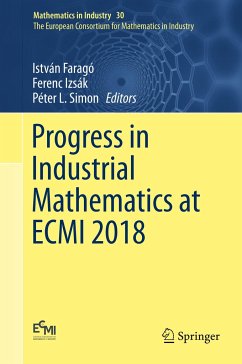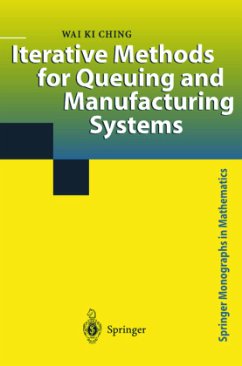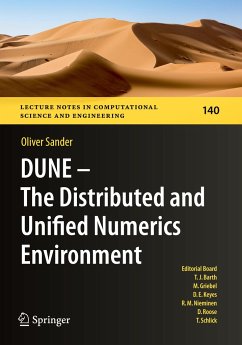
An Introduction to Scientific Computing
Fifteen Computational Projects Solved with MATLAB
Versandkostenfrei!
Versandfertig in 6-10 Tagen
49,99 €
inkl. MwSt.
Weitere Ausgaben:

PAYBACK Punkte
25 °P sammeln!
This book provides fifteen computational projects aimed at numerically solving problems from a broad range of applications including Fluid Mechanics, Chemistry, Elasticity, Thermal Science, Computer Aided Design, Signal and Image Processing. For each project the reader is guided through the typical steps of scientific computing from physical and mathematical description of the problem to numerical formulation and programming and finally to critical discussion of numerical results. Considerable emphasis is placed on practical issues of computational methods. The last section of each project con...
This book provides fifteen computational projects aimed at numerically solving problems from a broad range of applications including Fluid Mechanics, Chemistry, Elasticity, Thermal Science, Computer Aided Design, Signal and Image Processing. For each project the reader is guided through the typical steps of scientific computing from physical and mathematical description of the problem to numerical formulation and programming and finally to critical discussion of numerical results. Considerable emphasis is placed on practical issues of computational methods. The last section of each project contains the solutions to all proposed exercises and guides the reader in using the MATLAB scripts. The mathematical framework provides a basic foundation in numerical analysis of partial differential equations and main discretization techniques, such as finite differences, finite elements, spectral methods and wavelets.
The book is primarily intended as a graduate-level textin applied mathematics, but it may also be used by students in engineering or physical sciences. It will also be a useful reference for researchers and practicing engineers.
The second edition builds upon its earlier material (revised and updated) with three all-new chapters intended to reinforce the presentation of mathematical aspects on numerical methods: Fourier approximation, high-order finite difference methods, and basic tools for numerical optimization. Corresponding new applications and programs concern spectral Fourier methods to solve ordinary differential equations, finite difference methods up to sixth-order to solve boundary value problems and, finally, optimization strategies to fit parameters of an epidemiological model.
The book is primarily intended as a graduate-level textin applied mathematics, but it may also be used by students in engineering or physical sciences. It will also be a useful reference for researchers and practicing engineers.
The second edition builds upon its earlier material (revised and updated) with three all-new chapters intended to reinforce the presentation of mathematical aspects on numerical methods: Fourier approximation, high-order finite difference methods, and basic tools for numerical optimization. Corresponding new applications and programs concern spectral Fourier methods to solve ordinary differential equations, finite difference methods up to sixth-order to solve boundary value problems and, finally, optimization strategies to fit parameters of an epidemiological model.




